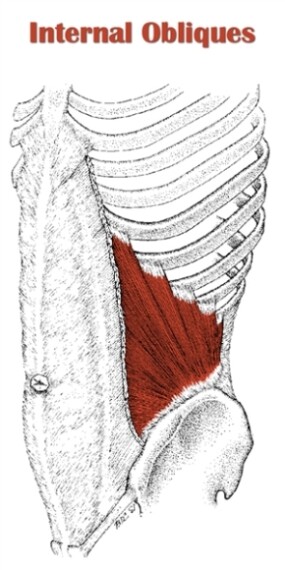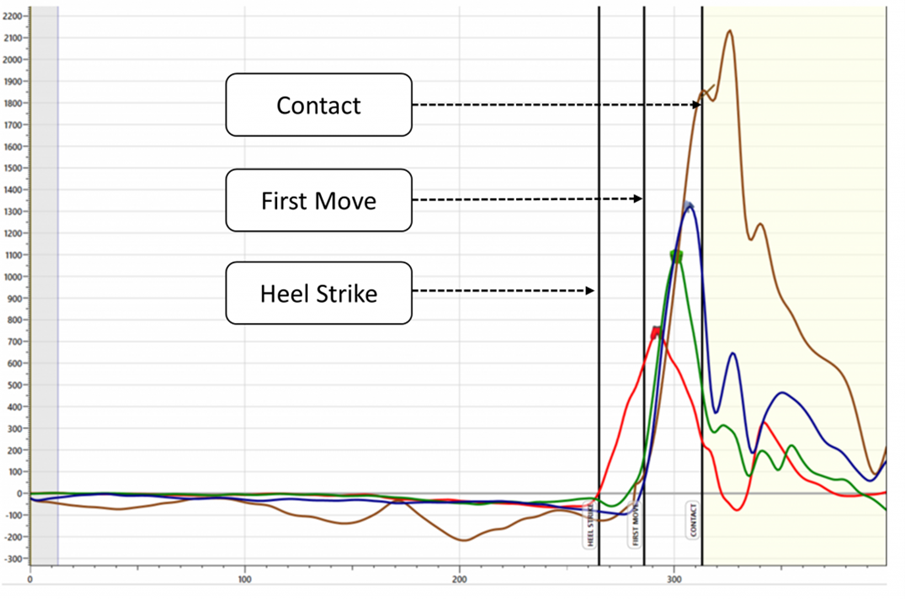
Interested in increasing your bat speed in the weight room? Click here for our “remote” strength training program for position players.
How to increase bat speed is a topic that gets a lot of attention and interest from our baseball players. Today, we’re going to review 6 topics and related exercises to increase bat speed in the weight room that are paramount and should be addressed in any training program:
-
- Lower Body Strength
- T-Spine Extension / Rotation
- Hip Mobility
- Anterior Core Strength and Stability
- Grip and Forearm Strength
- Transfer of Power Up the Chain
1. Lower Body Strength
Electromyography testing (a technique for evaluating and recording the electrical activity produced by skeletal muscles) regarding “the baseball swing” and upper body involvement shows that the role it plays is minor compared to that of the lower body (study by Shaffer et al. stated “an emphasis should be placed on the trunk and hip muscles for a batter’s workout program”).
In the early off-season (October through December) is when we train absolute strength for ball players. This is when we need to put on some muscle to be able to really crush the ball.
You would have a tough time finding a great hitter in the MLB who doesn’t have a respectable deadlift or hip bridge in the weight room. These exercises focus on the same muscles (glutes, hamstrings and core) that are the major players in the stride phase of the swing. I can say this with a high degree of certainty…
If you want to improve your bat speed, then you want to increase your lower body strength.
(Trap Bar Deadlift)
2. T-Spine Extension / Rotation
Similar to pitching or any other movement involving rapid rotation, improving t-spine mobility (creating rotation where you want it), and rotary stability (the ability to resist rotation where you don’t want it) will prevent an athlete from getting that rotation from their lower lumbar region and avoiding lower back and oblique strains.

T-spine rotation and extension are two key contributors that allow hip shoulder separation to occur. One just doesn’t work without the other. As an added bonus, adequate mobility in the t-spine allows the hands, to not only get back but, stay there as the hips are moving forward, a key component in force transfer.
Also, the longer the upper body can stay back the longer the batter can keep his eyes on the ball allowing for critical split-second adjustments to different pitches. Here are two exercises to increase bat speed we’ve used with great success. The first works on pure rotation and the second adds a core stability component to the mix.
Similar to lower body strength, if the question is how to increase bat speed, then t-spine mobility is a must.
(Ball / Cable Rotations)
(Half Kneeling Cable Anti Ext / Rot)
3. Hip Mobility
Hip mobility is fundamental to the question of how to increase bat speed. Unfortunately, due to rapid growth spurts during the middle, high school and even college years, mobility is usually the first to be compromised in many young players.
This severely compromises their ability to get the hips back during the “pre-loading” phase as well as internally rotate and extend in the “un-loading phase”. When coming through with the bat during the swing, much like a pitcher coming down the mound, the lead leg hip needs to have good IR to help with deceleration as well as taking much of the strain off of the lower back by creating good extension in the back leg.
For young adults who present themselves with anterior pelvic tilts (which is mostly due to a weak core from rapid growth during puberty) this is easier said than done. For those of you who are unfamiliar with what an anterior pelvic tilt is, this is what 80% of all the young ball players look like at their initial assessment here at RPP.
Note how forward (anterior) the hips are tilted and the amount of extension in the lower lumbar. This will block off internal rotation of the hips making getting them back (or forward) more difficult as well as forcing the athlete to extend even further into his lower back instead of the hips during the swing.
What to do?
We need to reverse that pelvic tilt and work on some hip IR. This by the way is very similar to what a pitcher would do to open up the acromial space. This first drill helps reverse the anterior tilt by emphasizing a “posterior tilt” while the second works not only hip IR, but learning to eccentrically control force into the ground (decelerate) as well.
(90/90 Hip Shift w/ Left Reach)
(1-Leg Med Ball Snap Down)
4. Anterior Core Strength and Stability
Core strength and stability is at the center of creating and improving your bat speed. When an athlete’s core and stability is compromised, alignment issues usually follow and actually limit range of motion elsewhere. For example, it’s often possible to get quick changes in an athlete’s hip mobility just by working on anterior core and stability.
Core strength and stability is at the center of creating and improving your bat speed.
This exercise, Bear Crawl, works on both while teaching the athlete to resist extension in the lower back as well.
(Bear Crawl)
This being said, the core is at the center of all leading to efficient transfer of power from the lower body, up through the core to the upper body. Hitting coaches call this “creating good separation”. This exercise basically puts it all together.
(Dynamic Cable Lift)
Core strength and stability is at the center of creating and improving your bat speed.
5. Grip and Forearm Strength
Regardless of height and weight, the one thing that most great hitters will have in common is strong forearms and overall grip strength. Quick wrists go a long way in addressing the topic of how to increase bat speed. This will enable them to really get more out of every swing.
Quite often we’ll use Fat Grips during upper body exercises to not only increase forearm but grip strength as well.
6. Transfer of Power Up the Chain
Earlier we talked about the importance of lower body strength but it is also important to point out that just because you can deadlift 2x’s your weight doesn’t mean you’re going to be explosive at the plate. Now it is time to learn how to put it all together. Without adequate transfer of angular speed to the upper half, we are losing tons of it by not incorporating the bigger muscles of the lower half.
In more technical terms, we are really discussing the player’s kinematic sequence and how bat speed begins with the ground and works its way up and into the shoulders and hands.


The fast twitch muscle fibers of the posterior chain are where most of our power in the swing is generated from. During this phase of training, we can utilize such explosive drills such as med ball throws to work on rotary strength, and sprinting and jumping to incorporate the lower half. Learning to use the big muscles quickly is the key and is crucial to avoid using the smaller accessory muscles and increasing the risk of injury.
If you want high bat speed, then proper sequencing up the chain is paramount. Here is an exercise that can help.
MB Step Back Side Throw
See ya in the gym…
Interested in improving your bat speed with our REMOTE strength program? Please leave your info and we will be in touch shortly…

